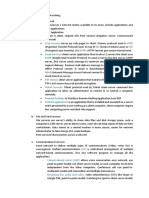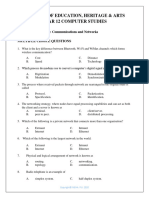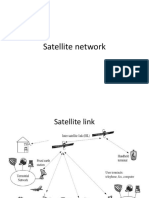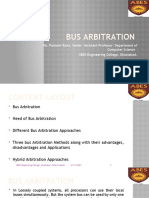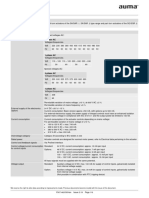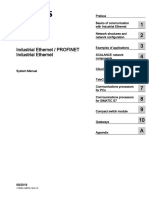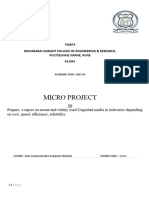0% found this document useful (0 votes)
37 views3 pagesComputer Nertworks Notes
This document provides comprehensive notes on computer networks, covering topics such as network types, topologies, the OSI and TCP/IP models, IP addressing, routing, transport layer protocols, application layer protocols, network devices, security basics, and common tools. It emphasizes the importance of resource sharing, communication, and reliability in networking. Additionally, it suggests hands-on experience and further reading for mastery of the subject.
Uploaded by
jiyoyac719Copyright
© © All Rights Reserved
We take content rights seriously. If you suspect this is your content, claim it here.
Available Formats
Download as PDF, TXT or read online on Scribd
0% found this document useful (0 votes)
37 views3 pagesComputer Nertworks Notes
This document provides comprehensive notes on computer networks, covering topics such as network types, topologies, the OSI and TCP/IP models, IP addressing, routing, transport layer protocols, application layer protocols, network devices, security basics, and common tools. It emphasizes the importance of resource sharing, communication, and reliability in networking. Additionally, it suggests hands-on experience and further reading for mastery of the subject.
Uploaded by
jiyoyac719Copyright
© © All Rights Reserved
We take content rights seriously. If you suspect this is your content, claim it here.
Available Formats
Download as PDF, TXT or read online on Scribd
/ 3













